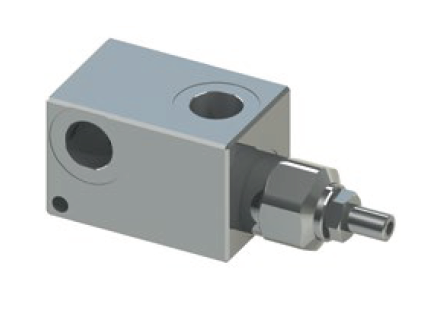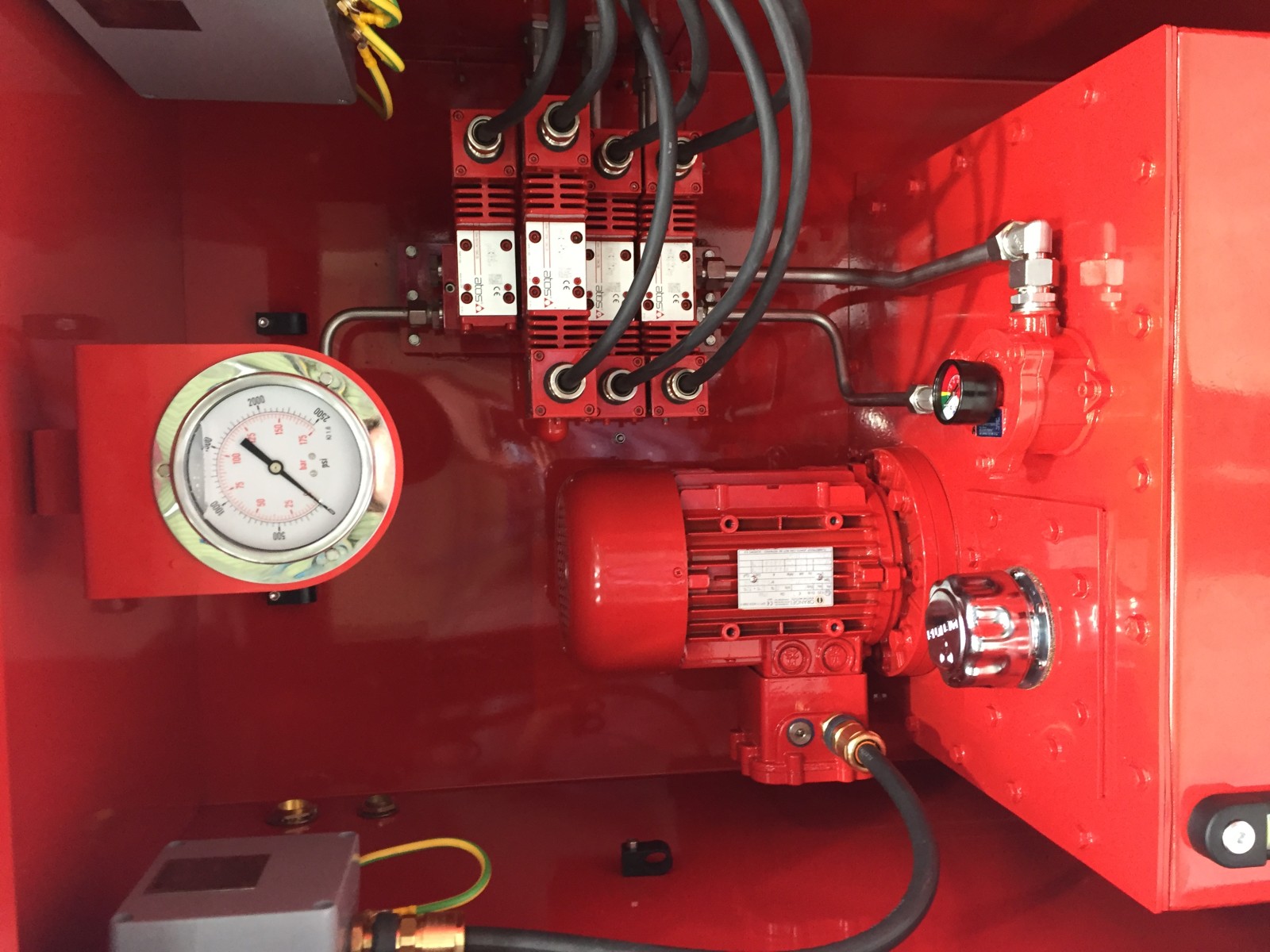

A hydraulic system relies on fluid flow and pressure to generate power. When issues arise, they can cause low pressure or flow, excessive heat, erratic operation, or total system failure. Understanding common hydraulic system problems and how to troubleshoot a hydraulic circuit helps keep equipment running smoothly and reduces downtime.
This guide covers common causes of hydraulic failure, signs of problems, and best practices for hydraulic system troubleshooting.
Hydraulic systems can fail for many reasons, but the most common causes include:
Knowing how to troubleshoot a hydraulic system can help identify the root cause of these issues.
The quality and condition of hydraulic fluid is critical for system performance. Issues to watch for:
Best practice: Clean or replace fluid regularly to prevent contamination and extend component lifespan.
Internal leakage or external leaks can cause hydraulic power loss and reduced flow. Check:
Solution: Replace worn components and tighten loose fittings to prevent leaks.

The pump and relief valve play a critical role in pressure regulation.
Best practice: If the pump is failing, replace as necessary to restore hydraulic power. Be mindful of contamination.
Overheating can lead to hydraulic system failure. Causes include:
Solution: Regularly check the oil, clean filters, and ensure cooling systems are working properly.

Pressure and flow issues often result in erratic operation or poor performance.
Best practice: Use digital diagnostics equipment and apply best practise when troubleshooting.
Regular system maintenance helps prevent hydraulic failure.

Hydraulic troubleshooting is essential for identifying common hydraulic system problems before they lead to major failures. By following best practices such as checking hydraulic fluid, monitoring system pressure, and maintaining components, you can ensure reliable performance and extend equipment life.
A well-maintained hydraulic circuit will operate at peak efficiency, reducing downtime and repair costs in industrial and mobile applications.
Posted by admin in category Hydraulic Systems Advice on Tuesday, 13th May 2025
Call our knowledgeable team Mon–Fri 8:30am–5pm
Systems & Components Division 01427 874445
sales@hydrastore.co.uk
Hose Division 0121 326 6395
hoses@hydrastore.co.uk
Hydrastore use cookies to make the site run smoothly, enhance the content and to gather information on how you use it in order to improve and personalise your experience. See our Privacy Policy

